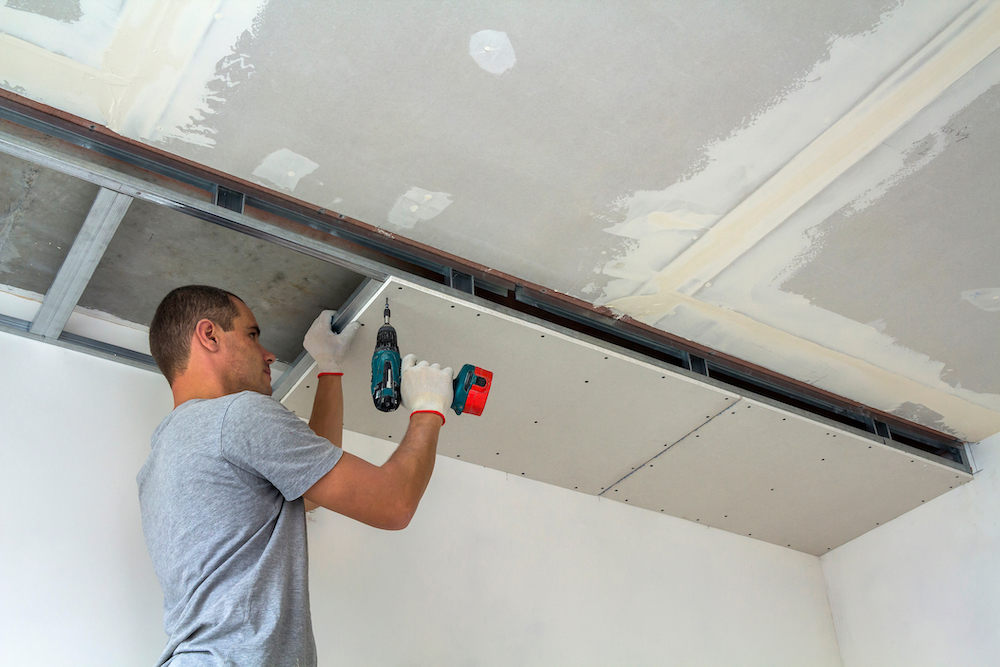
Arizona stop notices allow contractors and subs another legal remedy to secure payment on a construction project. These notices can be used to freeze unpaid construction funds in the amount set out in the notice. This guide will tell you everything you need to know about using Arizona stop notices to recover payment on construction projects.
Stop notice overview
A stop notice, not to be confused with a stop-work notice, is a potential remedy for nonpayment in the construction industry. However, there are only 4 states that actually allow for stop notices; Arizona, Alaska, California, and Washington. Stop notices used to be available in Mississippi, but the provisions were recently declared unconstitutional. These notices are documents that are served with the purpose of stopping, intercepting, or freezing funds that have not yet been paid on a construction project in an attempt to secure payment.
Download a free, customizable Arizona Stop Notice form
Arizona stop notice basics
In the state of Arizona, stop notices can be used on almost any private project. The only exception being any owner-occupied dwellings. This remedy is available to any person who is entitled to a mechanics lien on a construction project. Furthermore, in order to secure this right, an Arizona 20-day preliminary notice must be sent. Failure to send the 20-day notice will result in the loss of this right.
As we just stated, anyone who is entitled to a mechanics lien can serve a stop notice. But, who these can be served upon depends on the claimant’s rine on the project. Anyone, other than the prime contractor (general contractors), can serve notice on a property owner and the construction lender. On the flip side, GCs are only allowed to serve stop notices on the construction lender.
Filling out an Arizona stop notice form
Unlike a mechanics lien, which is recorded and has specific form requirements, stop notices are treated differently. Any minor defect in the form will not automatically render the notice invalid. As long as the notice sufficiently informs the owner of all the information required by the Arizona stop notice statutes. However, in order to be valid, it must be sent by personal service or certified mail.
What information should be included?
An Arizona stop notice should, first and foremost, include a description of the labor, services, or materials that were provided or are expected to be provided by the claimant. Next, the notice should also include the name and contact information of the person who hired the claimant to the project. The stop notice should also include the contract price, and the amount in value of any labor, services, or materials already furnished. Any payments already received under the contract should also be provided in the notice if any. And lastly, the notice should include the name, address, and signature of the claimant.
Demands for stop notices
Owners or construction lenders can take proactive steps to avoid stop notices by sending a written demand for service of stop notice. This must be sent to the potential claimant by certified mail that includes “demand for service of stop notice pursuant to A.R.S. §33-1054,” in bold-faced type at least as large as the largest type on the document. Once received, the claimant shall serve the stop notice within 30 days, or they forfeit the right to stop notices.
Penalties for sending a false stop notice
An Arizona stop notice can’t be invalidated for any defects in form. This is as long as there is enough information to inform the owner or lender of the claimant’s rights under the stop notice statutes. But, care should be taken when filling out the stop notice claim. A fraudulently sent notice or a notice that includes labor or materials that weren’t furnished can result in some serious penalties.
A falsely provided stop notice will cause the claimant to not only lose their right to assert a stop notice but will also forfeit their right to distribution of any remaining construction funds. Not only that, but the claimant will be subjected to a statutory fine of no less than $5,000 and also be liable for any attorney fees associated with disputing the stop notice claim.
What is a bonded stop notice?
A possible option for contractors and subs considering stop notices is to send a bonded stop notice. These are when the stop notice is accompanied by a payment bond. The bond should be at least 150% of the amount claimed in the stop notice. These are provided under a specific condition that if the lender, owner, or direct contractor recovers a judgment on a verified claim or lien against the claimant, the claimant will have sufficient money to pay the costs and damages sustained due to the stop notice or lien claim.
What an Arizona stop notice does
A stop notice attaches a lot like a mechanics lien. However, mechanics liens attach to the property itself, while stop notices attach directly to the unexpended construction funds. Unexpended is the keyword here. They are only effective against the unpaid balance. If the property owner has already paid in full, then the stop notice won’t have any effect. Once a stop notice is received, the owner or lender must withhold an amount sufficient to satisfy the amount demanded. This not only creates a priority to payment but also establishes a cause of action against the owner or lender that would otherwise not exist.
When an owner receives a stop notice, they must withhold the amount claimed in the notice from the original contractor. As far as construction lenders are concerned, if they receive a stop notice they are provided the option of withholding the amount claimed. But, if they receive a bonded stop notice, then they are obligated to withhold that amount of payment covered by the notice.
Filing an action to enforce an Arizona stop notice
In order to collect payment from a stop notice, unless payment is made after being sent, a lawsuit will be necessary to enforce the claim. This can be done shortly after sending the notice, only 10 days in fact. However, the latest a stop notice can be enforced is 3 months after the deadline to record a mechanics lien.
If an action is filed, a “notice of commencement of the action” must be served on the owner or lender within 5 days. This notice can be served in the same manner as the stop notice was. If no action is taken within the statutory period, the claimant will lose their right stop notice rights and the frozen funds will be released. Lastly, unlike mechanics liens that may award attorneys fees to the prevailing party. A successful claimant under a stop notice claim is entitled to recover attorney fees.
Bottom line
Getting paid on a construction project is, unfortunately, harder than it should be at times. That’s why contractors and subs need to be proactive in protecting their rights in case they are confronted with nonpayment. Mechanics liens are a powerful tool, but the state of Arizona provides another option to recover payment; stop notices. An Arizona stop notice is another effective way to protect project participants to ensure they get paid what they’ve earned.
Additional resources
- The Ultimate Guide to Arizona’s 20-Day Preliminary Notice
- How to File an Arizona Mechanics Lien | A Step-by-Step Guide
- The Differences Between a Stop Notice and a Mechanics Lien


